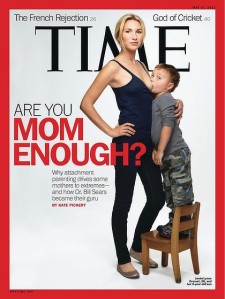There is a very large literature on the sociology of risk-taking these days. Much of this writing focuses on risk as a negative concept, something dangerous or hazardous which must be avoided. One important aspect of risk-taking however, is the pleasures and emotional intensities some people may experience when voluntarily taking risks.
The work of Stephen Lyng using the concept of ‘edgework’ explores the reasons why people take risks as part of leisure activities. The concept of edgework incorporates the notion that voluntary risk-taking activities are about exploring the edges that exist along cultural boundaries. These boundaries may include those between sanity and insanity, consciousness and unconsciousness and life and death.
Edgework involves skilful practices combined with emotional intensity. But the emotional dimension of voluntary risk-taking is more complex than simply involving the desire to incite intense emotions. Emotions such as fear, excitement and anxiety are central to edgework, but so are their control. Mental toughness, the ability to master and control the fear that one is experiencing and keep calm so as to avoid physical harm or death, is an integral aspect of edgework. When risk-takers are able to exert mastery over emotions that are viewed as negative, they experience heightened feelings of control.
Smith (2005) gives the example of white-water kayaking, in which it is important to maintain control over fear so that the kayak will stay afloat and will be able navigate the hazards of the water it is traversing. Smith claims that it is the individual’s awareness of maintaining this control despite the almost overwhelming embodied sensations of fear and excitement, which produces the sense of elation that risk-takers seek.
Lyng and Matthews (2007) similarly note that what is deemed important for voluntary risk-takers is not to override fear but to acknowledge its presence and convert it into something that is sensually appealing. This involves an acceptance of fear combined with confidence that one can act skilfully to avoid accident or death. This combination of intense emotional arousal and focused attention leads to edgeworkers experience alterations in perception of time and space, feelings of hyerreality which leads to a sense of the experience as deeply authentic, as feeling truly alive. Edgeworkers commonly describe a sense of blurring of the boundaries between themselves and the technologies under their control (kayaks, climbing ropes, parachutes, racing cars, motor cycles and so on), so that they have a sense of ‘being one with their machines’.
Edgework can represent both a challenge to limits, everyday routines and social expectations, but paradoxically, may also be an expression of dominant institutional demands and imperatives. To be entrepreneurial in the business world, for example, people are expected to voluntarily take risks to increase productivity and profits. Thus there may be said to be a degree of synergy between the skills, competencies and symbolic resources engendered via participation in edgework practices and the demands of late modernity. Edgework is simultaneously part of efforts to transcend institutional imperatives in some contexts (dangerous leisure activities, for example) and in others a vital dimension of conforming to these imperatives. As Lyng (2005) notes, while these two sides of edgework may seem to be contradictory, they may also be viewed as complementary. The skills and expertise derived from leisure-based risk-taking practices may be employed to win success in the workplace.
References
Lyng, S. (2005) Edgework and the risk-taking experience. In Lyng, S. (ed), Edgework: The Sociology of Risk-Taking. New York: Routledge, pp. 17—49.
Lyng, S. and Matthews, R. (2007) Risk, edgework, and masculinities. In Hannah-Moffat, K. and O’Malley, P. (eds), Gendered Risks. Milton Park: Routledge-Cavendish, pp. 75—98.
Smith, C. (2005) Financial edgework: trading in market currents. In Lyng, S. (ed), Edgework: The Sociology of Risk-Taking. New York: Routledge, pp. 187—200.






